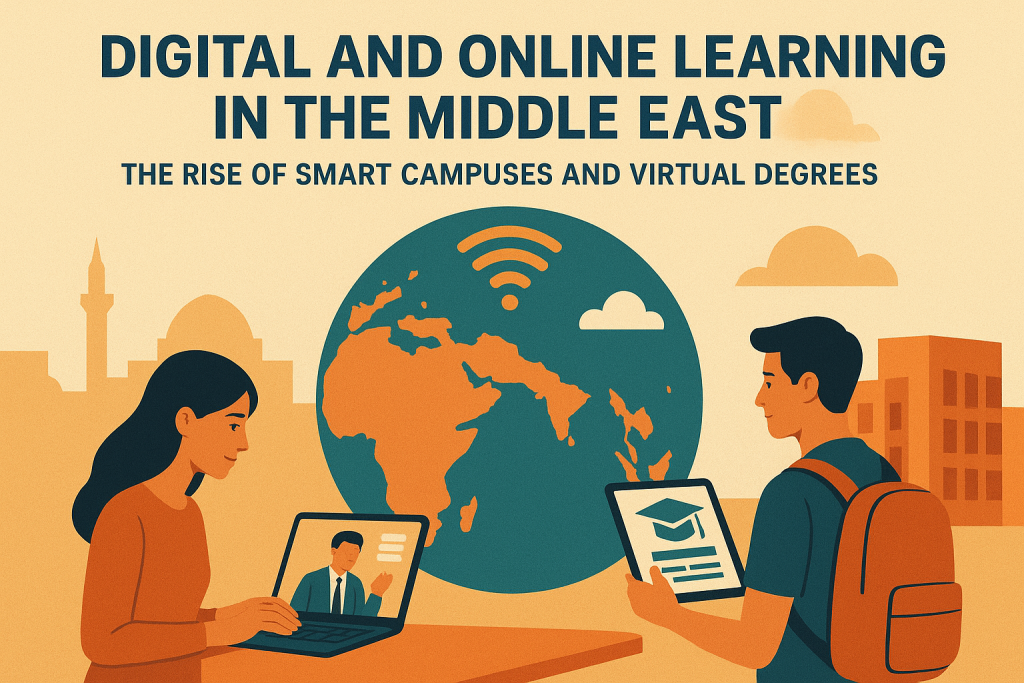
A New Era of Higher Education in the Middle East
The Middle East is experiencing a paradigm shift in higher education — one driven by innovation, accessibility, and technology. Digital and online learning, once viewed as supplementary, has now evolved into a central pillar of academic strategy for universities across the region. From hybrid degree models to fully virtual campuses, higher education institutions are reimagining how students learn, collaborate, and graduate.


